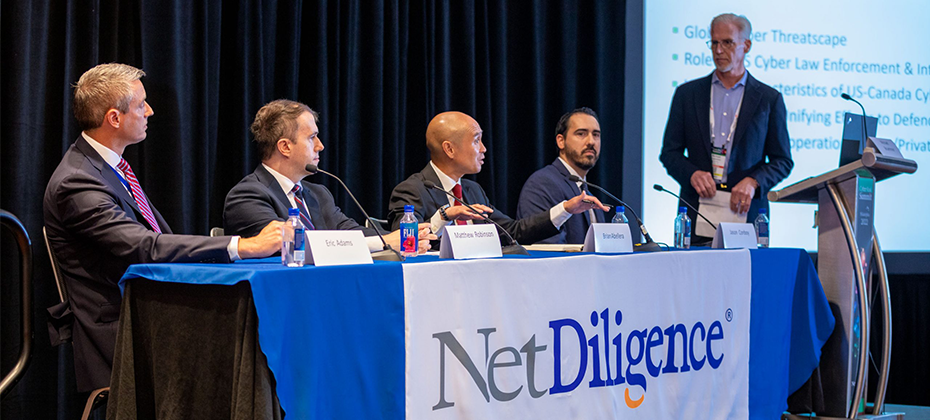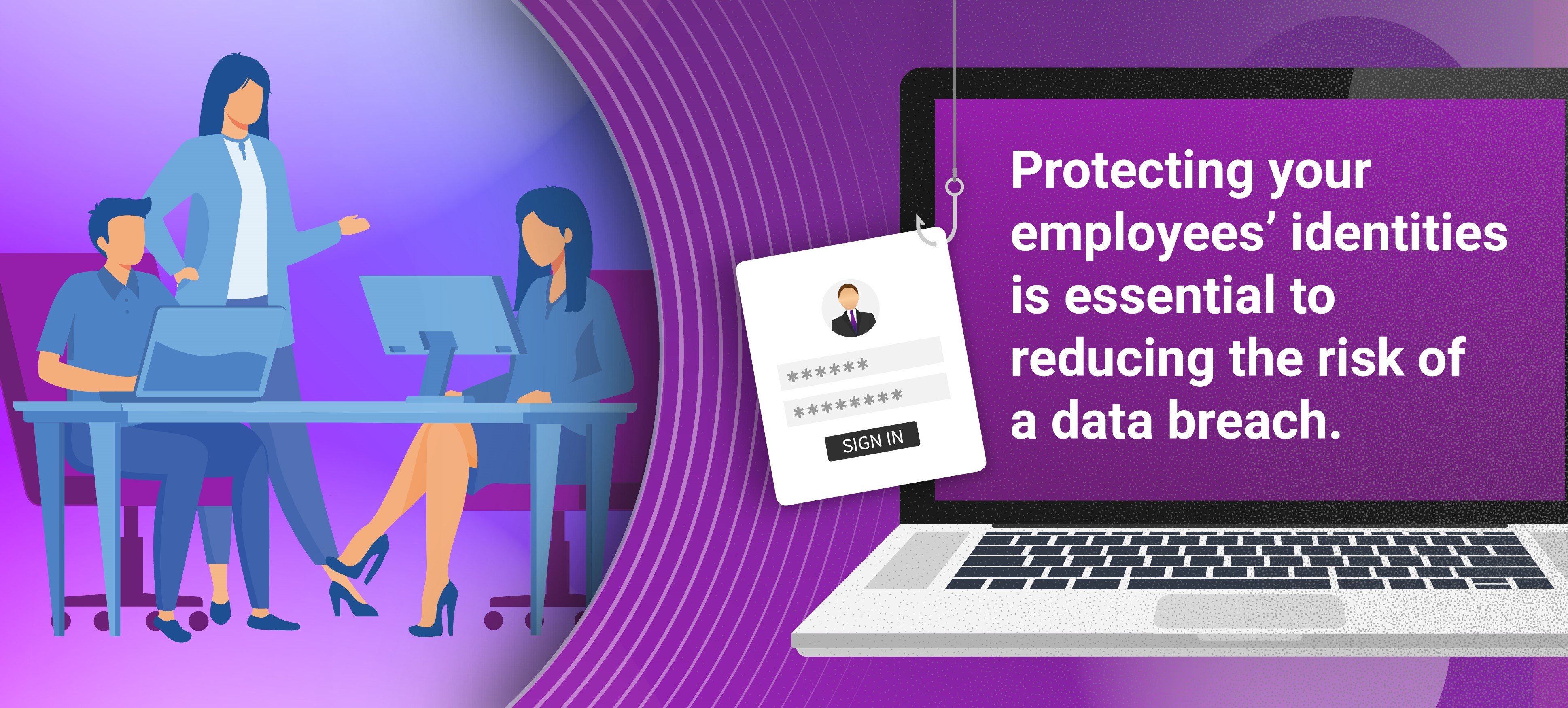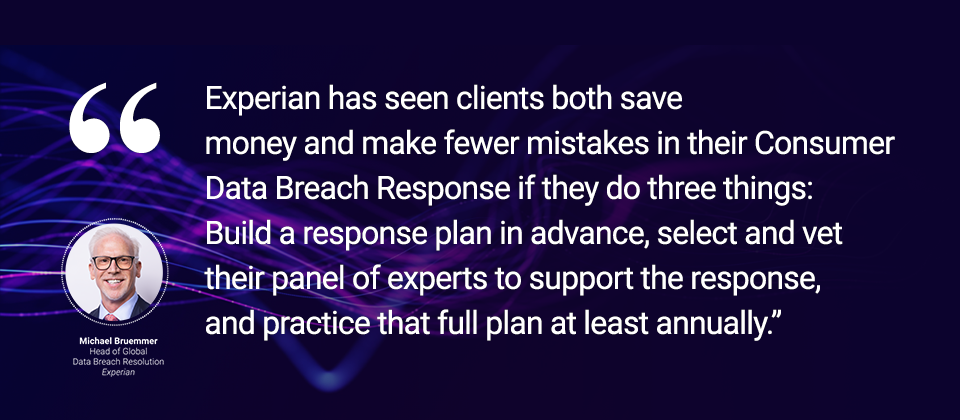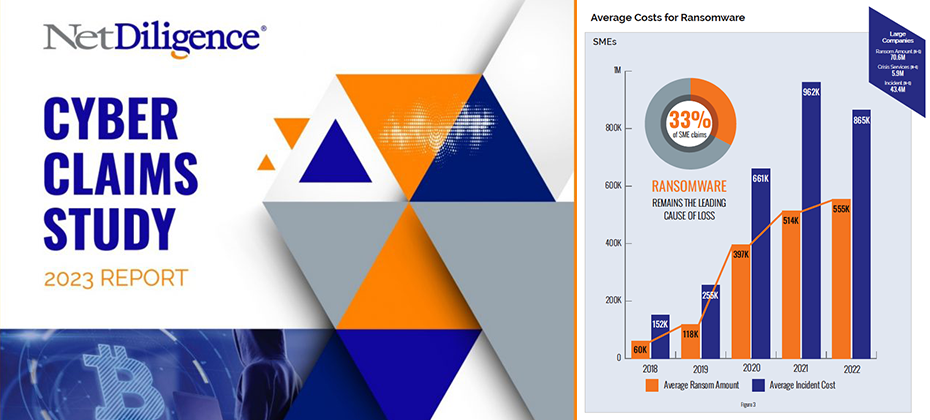
The Threat
“With criminals, there’s no such thing as a border anymore. They don’t care where you are, who you are; if there’s money to take from you, they will take it.” That’s what U.S. Secret Service Agent Eric Adams had to saywhen asked about cybersecurity threats during the “Global Cyber Threatscape & the Role of Law Enforcement” panel I moderated at the latest NetDiligence CyberRisk Summit event.
It’s clear to law enforcement that cybercriminals are hyper-connecting, deep information sharing, and crossing virtual borders—becoming more brazen (and clever) by the breach—leaving businesses, insurers, organizations, regulators, and consumers in the cross hairs of compromise, compliance, and recoupment.
“We work with law enforcement; we work with insurance companies. We’re collecting data and trying to solve those problems because we understood that if you don’t cooperate before the incident, you don’t work together [at all].” – Michael Bruemmer, Experian
During the “Beyond the Arrest: Law Enforcement Roundtable,” Adams and three other cross-border experts, Brian Abellera, Jason Conboy, and Matt Robinson, gave in-depth accounts of “cross-border incident response and the role of U.S. cyber law enforcement and oversees intelligence.”
“We’re seeing smaller and medium-sized businesses [being targeted by ransomware]. We are really struggling to keep up with the information flow.”– Matt Robinson, RCMP
I frequently talk about how quickly the threats are evolving and how Every Minute Counts in data breach response. The panel echoed this sentiment tenfold, covering five key topics, including “Unique Characteristics of U.S.-Canada Cyber” and “Public-Private International Cooperation.”
The Evidence Board
“We have to be nimble like the cybercriminals; putting in cyber liaisons internationally.” – Jason Conboy, U.S. Department of Homeland Security Investigations
From stem swapping, ransomware revictimization, and romance schemes, the experts discussed how cross-border threats are infiltrating every square inch of the data security landscape. They also focused on the critical role of education, tabletop exercises, and timely incident reporting while zeroing in on how public-private partnerships can influence better outcomes and impact data protection, regulation, and litigation.


